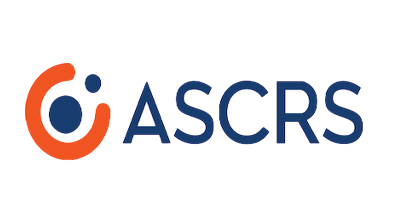
Patient Procedures at Mountain View Eye Center
Minimally Invasive Surgery
There is no cure for Glaucoma, but it can be treated with medicine, surgery, or a combination of both.
Minimally invasive glaucoma surgery (MIGS) is a state-of-the-art surgery where microscopic instruments are used to facilitate small incision surgery. It is a safer option to reduce eye pressure than conventional surgery, with the added benefits of a higher success rate and quicker recovery time.
The goal of minimally invasive glaucoma surgery is to prevent vision loss and slow the progression of glaucoma. During MIGS, a small incision is made in the eye, allowing fluid to drain out of the eye and into the circulation behind the eye in the eye socket. This reduces eye pressure, which helps prevent further damage to the eye from glaucoma.
Patients must continue to be monitored for glaucoma several times a year following MIGS. Your eye doctor will continue to monitor your eye pressure to be sure that the glaucoma is stabilized to prevent any further vision loss.
Procedure Benefits
- Prevent vision loss
- Helps lower eye pressure
- Quick recovery time
- High success rate
Kahook Dual Blade
Kahook dual blade (KDB) is a single-use, surgical grade stainless steel instrument used to perform glaucoma treatment at the time of cataract surgery. During cataract surgery, your ophthalmologist will make a tiny incision in the eye. She will then remove the lens from your eye, and replace it with an implant. Next, the surgeon will insert the KDB instrument into the incision. She will then use a pointed tip to pierce the trabecular meshwork, and two parallel blades to cut a strip of tissue. This opening creates a direct path for fluid to be carried away, thus relieving pressure inside the eye. The KDB procedure is an effective treatment that can be efficiently combined with cataract surgery. It does not require any foreign implants, eliminating the risk of rejection. In some cases, KDB may reduce or eliminate the need for glaucoma medication.
Selective Laser Trabeculoplasty For Glaucoma Treatment
Glaucoma is a group of diseases that damage the eye’s optic nerve and can result in vision loss and blindness. It is the progressive damage to the optic nerve due to the pressure in the eye (intraocular pressure) being too high. Treatments for glaucoma are aimed at lowering the eye pressure.
Selective laser trabeculoplasty helps fluid drain out of the eye and relieve pressure. Before the treatment, numbing drops are applied before a high-intensity beam of light is aimed through the lens and reflected onto the meshwork inside the eye. The laser makes several evenly spaced burns that stretch the drainage holes in the meshwork. This allows the fluid to drain better. Selective laser trabeculoplasty is most commonly used in open angle glaucoma.
If a patient has glaucoma in both of their eyes, usually only one eye will be treated at a time. Laser treatments for each eye will be scheduled several days to several weeks apart. Laser trabeculoplasty is performed in our Fairbanks eye clinic and can be repeated if necessary.



